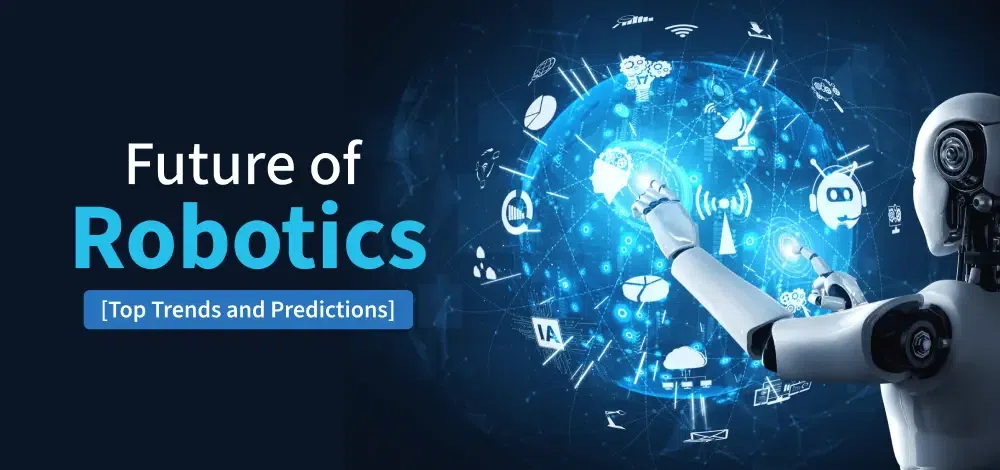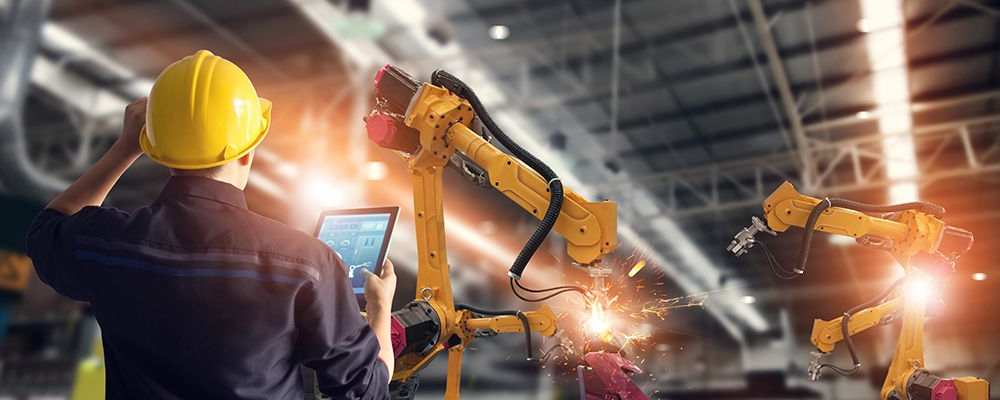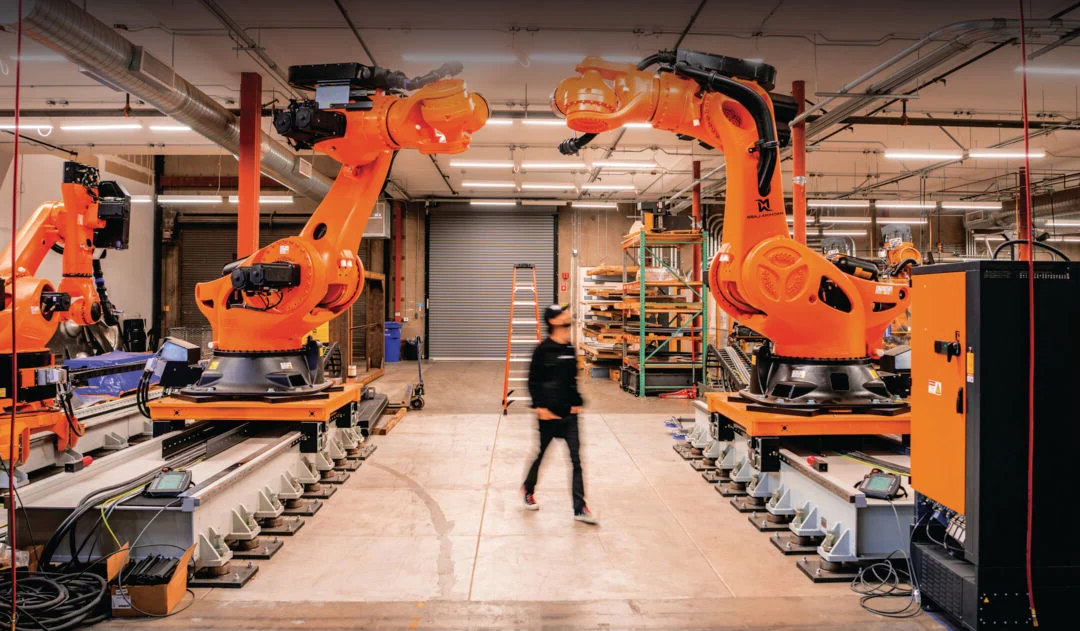Introduction
Robotic is changing manufacturing step into a modern factory today, and we’re likely to find robots assembling parts, automated carts moving supplies, and machines that adjust themselves without human input this isn’t a distant future it’s happening now.

I think Robotics is reshaping the way products are made, and manufacturers around the world are embracing this transformation from faster production times to smarter machines, the role of robotics in manufacturing has become more vital than ever before but how exactly is this shift taking place and what does it mean for the future?

1. Robots Are Taking Over Repetitive Tasks
In factories across the globe, traditional assembly line jobs once done manually are now handled by industrial robots these machines are built to repeat tasks with extreme accuracy and don’t require breaks, sleep, or time off.
In fact, as of 2024, more than 4 million industrial robots are actively working in factories worldwide many are used for welding, assembling, or packaging parts in industries like automotive and electronics that’s a major shift in how companies manage their labor.
2. Improved Quality and Consistency
Robots don’t get tired or distracted they follow instructions with precision, which leads to better product quality and fewer mistakes in industries where accuracy is critical like electronics or aerospace robots are especially valuable they also make it easier for companies to maintain consistent standards, even during high speed production runs this not only helps improve customer satisfaction.

3. Collaborative Robots Partners on the Floor
A newer type of robot, called a collaborative robot or cobot, is built to work safely side by side with humans Cobots don’t replace workers they support them these machines are often used in roles like loading materials, helping with inspection, or managing repetitive steps in the process because they can be easily trained and adapted, cobots are great for small businesses and flexible production lines they’re making robotics accessible even to manufacturers with limited automation experience.

4. AI Is Making Robots Smarter
One of the biggest advancements in robotics is the use of Artificial Intelligence (AI) for example, a robot equipped with vision sensors and AI might identify a misaligned part and adjust its movement to correct it others can detect patterns in production data to prevent equipment failures before they happen as AI improves, we’re seeing the rise of smart factories, where machines communicate with each other, analyze data, and optimize workflows on the fly.
5. Robots Are Solving Labor Shortages
Across many countries, manufacturers are struggling to find enough skilled workers Robotics helps fill that gap in warehouses and production plants, mobile robots are now moving pallets, stacking shelves, and organizing inventory some humanoid robots are even being developed to walk, grip, and interact in human like ways to perform more complex tasks. With fewer people entering the labor force, especially in industrial sectors, robots are becoming a critical solution not a luxury.
6. Cost Effective in the Long Run
While installing robots may seem expensive at first, many companies report a strong return on investment (ROI) within just a few years that’s because robots reduce errors, lower labor costs, and work continuously without overtime to make automation even more accessible, many companies now offer robots as a service (RaaS) plans. This allows small and mid sized manufacturers to lease robots instead of buying them outright reducing upfront costs.
7. Real Life Examples of Robotics in Action
Car manufacturing Robots are used for welding, painting, and installing parts with unmatched precision food processing machines handle slicing, sorting, and packaging all while meeting strict hygiene standards. Medical equipment Robotics ensures quality in life saving devices like ventilators and surgical tools.
8. What’s Next? Future Trends to Watch
The evolution of robotics isn’t slowing down here are some exciting developments on the horizon smarter Cobots future cobots will be even easier to train, using voice commands or gestures. Predictive maintenance Robots will analyze equipment health and schedule repairs before breakdowns.
Eco friendly Robots more energy efficient designs will reduce power use and environmental impact. Global adoption expect to see more robots in factories not just in developed countries, but across Africa, South America, and Southeast Asia.
9. Addressing the Challenges
Of course, robotics also brings some challenges the biggest concerns include high setup costs for advanced robotic systems job displacement fears among workers need for upskilling so employees can work with automation tools
integration issues with outdated factory systems manufacturers must plan carefully and invest in training programs to help workers transition smoothly into this new era of manufacturing.
Conclusion
A Human Robot future Robotics is doing more than just changing manufacturing it’s completely reshaping how things are made. Factories are becoming faster, safer, and smarter thanks to these technologies but it’s not about replacing people. It’s about building better systems where humans and robots work together, each doing what they do best for businesses ready to adapt, robotics offers an incredible opportunity to lead the future of manufacturing.



